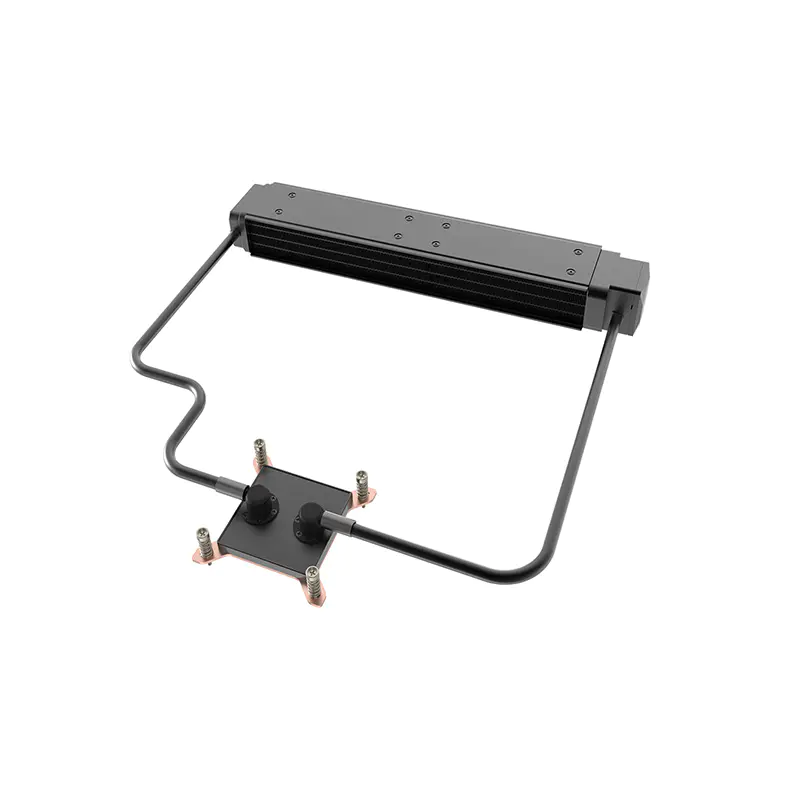BETTER TOUCH BETTER BUSINESS
Contact Sales at Lori.
The working principle of a water cooling system involves the process of heat transfer and heat diffusion. Here are the basic components of a water cooling system and how they work.

1. Water cooling block :Inside a water cooling system there is a water cooling block, which is usually made of metal material, such as copper or aluminum. The water cooling block is in direct contact with the CPU and other heat sources, and is responsible for absorbing heat.
2. Coolant: The water cooling block in a water cooling system is connected to a closed-circuit system filled with coolant. The coolant can be sufficient distilled water, glycol water solution or other specialized coolant.
3. Water pump: water cooling system has a water pump, responsible for the coolant circulation back to the water cooling block. The pump operates mechanically or electrically to ensure continuous circulation of the coolant.
4. Water cooling radiator: After the coolant is returned to the water cooling system, it enters the water cooling radiator. The water cooling radiator is usually made up of heat sink fins and fans that transfers heat from the coolant to the air.
5. Fan: The rear of the radiator is usually equipped with heat sink fans, which is used to increase air flow and speed up the cooling process. The fans are usually driven by an electric motor to continuously blow air over the heat sink fins.
Heat transfer of water cooling system works: When a heat source such as a CPU is working, it generates a lot of heat , and water cooling block is in close contact with the heat source, absorbing the heat and transferring it to the coolant. The coolant passes through the cooling radiator during the circulation process, and the heat is removed from the coolant by heat conduction and convection, and the heat is released from the radiator through the blowing of the fan.
Water cooling system is a highly efficient cooling solution.Compared to traditional air cooling systems, water cooling helps the CPU dissipate heat more efficiently, thus ensuring the stability and performance of the entire system.
However, even with a water cooling system, adding additional fans is still necessary. Due to the more efficient nature of water cooling systems, water cooling platforms can transfer the heat generated by the CPU more effectively. This also means that more heat collects on the water cooling radiator and more heat must be dissipated by additional fans. Therefore, adding a fan helps to help the water cooling system work more efficiently and keep the entire system at a lower temperature.
If you're a gaming enthusiast, you'll need high performance to fulfill your needs, and you'll also need to add additional fans to ensure the stability and performance of your system. Additionally, if your CPU is already designed with a high clock frequency, adding fans can help you avoid excessive CPU heating and maintain stable performance after a long period of use.
Copyright © 2025 Shenzhen Lori Technology Co.,Ltd. | All Rights Reserved